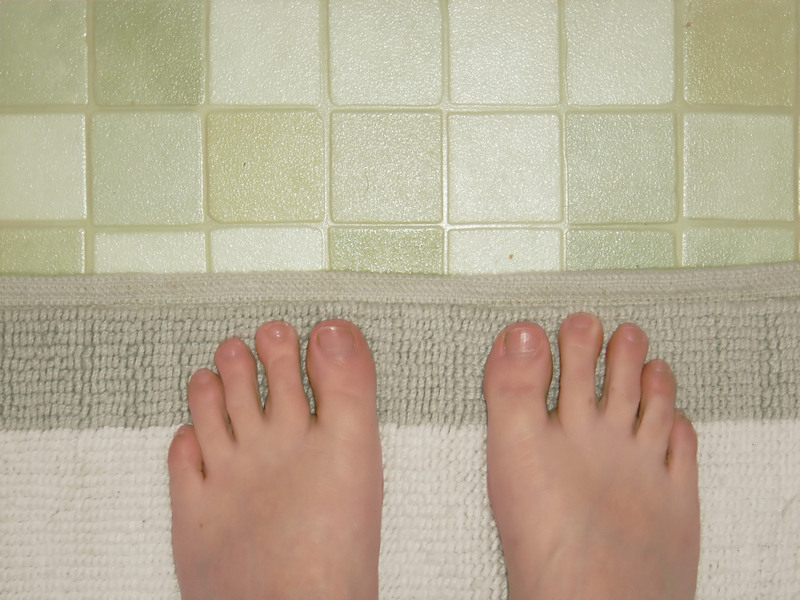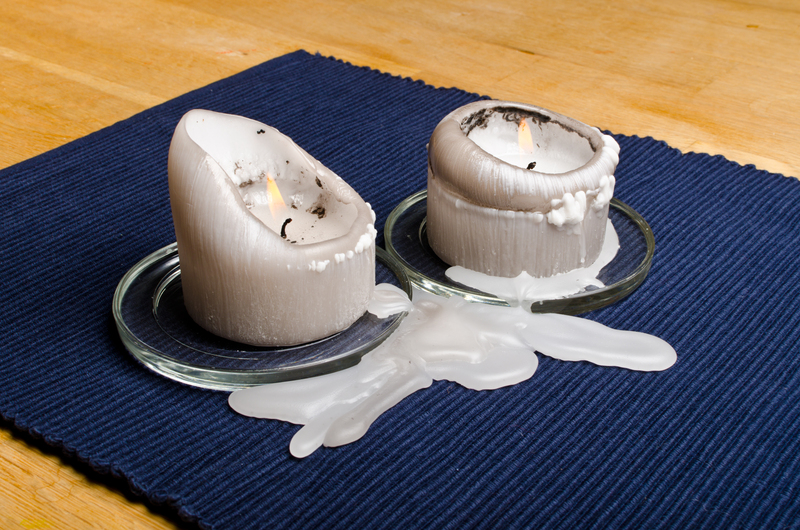The Ultimate Resource for Safe Velvet Curtain Washing and Maintenance
Velvet curtains add a sense of luxury, elegance, and warmth to any living space. Their lavish texture and shimmering depth make them a popular choice for homes, theaters, and upscale establishments worldwide. However, maintaining the plush appeal of velvet curtains can be a challenge. Improper cleaning can lead to ruined fibers, color fading, and irreversible damage. In this complete guide to safe velvet curtain washing and care, you'll discover the best tips, methods, and secrets to preserving your investment for years to come.
Understanding Velvet: The Basics of This Luxurious Fabric
Before diving into specific methods for washing and maintaining velvet curtains, it's crucial to understand what makes velvet so special--and so delicate. Velvet is a type of woven tufted fabric distinguished by its short, dense pile, giving it a soft, plush surface. Common velvet materials include silk, cotton, polyester, viscose, and blends.
- Silk velvet: Extremely luxurious and usually the most delicate type. Requires the gentlest handling.
- Cotton velvet: More durable but can crush or distort easily if improperly cleaned.
- Synthetic velvets (polyester, rayon, microfibre): Typically more resilient but can still be damaged by harsh cleaning agents or heat.
Each velvet type may require slightly different care methods. Always check the manufacturer's label for specific washing and maintenance instructions.

Why Proper Curtain Cleaning Matters
Velvet curtains are more than a stylish addition. Over time, they collect dust, pet hair, allergens, and even mold if left unchecked. Safe velvet curtain washing not only keeps your drapery looking vibrant but also promotes a healthier indoor environment.
- Reduces allergens and dust buildup
- Helps prevent long-term fabric degradation
- Keeps colors rich and prevents faded spots
- Protects the distinctive softness and sheen
Before You Begin: Key Considerations for Washing Velvet Curtains
Not all velvet fabrics are created equal. Some may only be safely cleaned via professional dry cleaning, while others can tolerate gentle hand washing. Before starting the velvet curtain cleaning process, follow these steps:
- Check the care label: The manufacturer's label will specify the safest cleaning method for your velvet curtains.
- Perform a colorfastness test: Dab a damp, white cloth on an inconspicuous area to see if any dye transfers. If it does, only dry clean!
- Assess the amount of dirt and stains: Lightly soiled curtains may only need spot cleaning or gentle vacuuming.
- Remove hardware and decorative trims before washing.
Velvet Curtain Washing Methods: Step-by-Step Guide
1. Regular Maintenance: Vacuuming and Dusting
Frequent maintenance is the best preventive step for keeping velvet curtains looking new. Use the upholstery attachment on your vacuum cleaner and gently run it in the direction of the nap (the way the pile lies). This will remove dust and prevent buildup between washings.
- Vacuum once every 2 to 3 weeks
- Use low suction to prevent pulling or stretching the fabric
- For stubborn lint, use a soft lint roller or a dry microfiber cloth
2. Spot Cleaning Velvet Curtains Safely
For isolated spots or spills, avoid rubbing as this can force deeper staining and ruin the nap. Instead, blot the stain with a clean, dry cloth immediately. For water-based stains, blot with a slightly damp cloth, then let air dry fully. Difficult stains may require a mild upholstery cleaner.
Here is how to spot-clean your velvet curtains:
- Blot (do not rub) excess liquid with a dry cloth.
- Mix a tiny amount of gentle fabric detergent in cold water.
- Dampen a clean white cloth with the solution and dab the stained area gently.
- Blot with another dry cloth to soak up excess moisture.
- Let the spot air dry completely, away from heat and direct sunlight.
3. Hand Washing Velvet Curtains
If your curtain label allows, hand washing velvet curtains is the safest approach for a deep clean. Here's how:
- Fill a bathtub or basin with cold or lukewarm water.
- Add a small amount of mild, non-biological liquid detergent.
- Immerse one curtain panel at a time, swishing gently with your hand (never twist or wring).
- Soak for up to 10 minutes--no longer.
- Rinse thoroughly in clean water until no soap residue remains.
- Gently press out extra water by rolling in a towel (do not squeeze or twist).
*Note: Always test for colorfastness before hand washing any velvet curtain!
4. Machine Washing Velvet Curtains
Only machine wash if the curtain's care label specifically states it is safe. In general, polyester or microfiber velvets may tolerate gentle machine cycles, but always use caution.
- Place curtains in a mesh laundry bag to protect them from friction.
- Use cold water and a gentle, delicate cycle only.
- Wash curtains individually, not with other fabrics.
- Use a mild liquid detergent.
- Never use bleach or fabric softeners, as these can damage the nap and cause discoloration.
5. Professional Dry Cleaning
When in doubt, dry cleaning is the safest choice for velvet curtain cleaning. For silk, antique, heavily lined, or blackout velvet curtains, always seek professional dry cleaning to avoid shrinking, warping, or damaging the pile.
- Choose a cleaner experienced in handling luxury fabrics
- Point out stains or known issues beforehand for specialized treatment
- Ask about eco-friendly cleaning solvents if you have family sensitivities
How to Dry Velvet Curtains for the Best Results
Wet velvet fabric is very delicate and prone to crushing and marks. For safe drying:
- Lay the washed curtain flat on a clean, dry towel. Roll it gently to absorb excess water.
- After removing extra moisture, lay the curtain on a flat surface or hang with wide, padded hangers.
- Never wring, twist, or knead velvet.
- Do not use a dryer or expose to direct sunlight or heat sources.
- Allow velvet curtains to air dry naturally in a well-ventilated room.
How to Restore Velvet Curtain Pile After Washing
If the velvet nap appears flat or crushed after washing and drying, restore it with gentle steaming:
- Hang the curtain upright.
- Use a garment steamer on the lowest setting, keeping it a few inches from the fabric surface.
- Steam in the direction of the nap, brushing gently with a velvet brush or soft clothes brush.
- Never press an iron directly on velvet, as this can cause permanent crushing.
Alternatively, hang the curtain in a steam-filled bathroom for 20-30 minutes, then lightly brush the pile with your hand.
Tips for Long-Term Velvet Curtain Maintenance
- Vacuum regularly using an upholstery attachment.
- Spot-clean stains promptly--never let spills dry or soak in.
- Rotate curtains seasonally if exposed to direct sunlight to prevent uneven fading.
- Store unused curtains in a breathable cotton garment bag (never plastic) in a cool, dry place.
- Maintain room humidity--excess dry air can dehydrate velvet, causing it to harden or crack over time.
- If unsure, opt for professional cleaning--especially for antique, expensive, or lined velvet curtains.
Common Velvet Curtain Cleaning Mistakes to Avoid
- Using hot water: Always wash velvet in cold or cool water to avoid shrinking or color loss.
- Scrubbing or wringing: This destroys the delicate nap and leads to a patchy appearance.
- Direct ironing: Never place a hot iron directly on the velvet surface.
- Using harsh chemicals: Steer clear of bleach, ammonia-based cleaners, and strong detergents.
- Exposing to direct heat or sunlight when drying: This can cause fading and deform the fibers.
- Ignoring stains: Address spills and marks immediately before they set permanently.

Frequently Asked Questions About Safe Velvet Curtain Washing
- Can you machine wash velvet curtains?
- Only certain synthetic velvets with a care label indicating machine washability can be safely washed in a machine, and always in cold water on a gentle cycle. Hand washing or professional dry cleaning is safer for most velvets.
- What detergent is safe for velvet curtain washing?
- Use a mild, non-biological liquid detergent without fabric softeners or enzymes. Wool or silk detergents are usually suitable.
- How often should I wash velvet curtains?
- Routine vacuuming is recommended every few weeks, with deep cleaning only 1-2 times per year unless visibly soiled.
- Can I use a steam cleaner on velvet curtains?
- You can use a garment steamer or steam in a bathroom, but avoid using heavy-duty carpet steamers which can saturate the pile.
- How do I fix crushed velvet on my curtains?
- Gently steam and brush the pile in the nap direction to restore softness and texture.
Conclusion: Keep Your Velvet Curtains Soft, Vibrant, and Luxurious
Velvet curtain cleaning and maintenance doesn't have to be intimidating. With the right approach and gentle care, you can preserve the sumptuous look and velvety touch of your drapes for years to come.
- Follow fabric care labels and conduct spot tests before washing.
- Opt for hand washing or professional cleaning for delicate or valuable velvet curtains.
- Vacuum and spot-clean regularly to prevent build-up and staining.
- Handle the nap gently and avoid harsh heat sources at all stages.
By putting these expert tips for safe velvet curtain washing and maintenance into practice, your investment will retain its rich, luxurious appearance and comfort throughout the years.
Remember: When in doubt, always consult your curtain manufacturer or a professional cleaner!
If you've found this guide helpful, share it with friends or bookmark for future reference. For more tips on cleaning luxury fabrics, check out our related articles and resources.